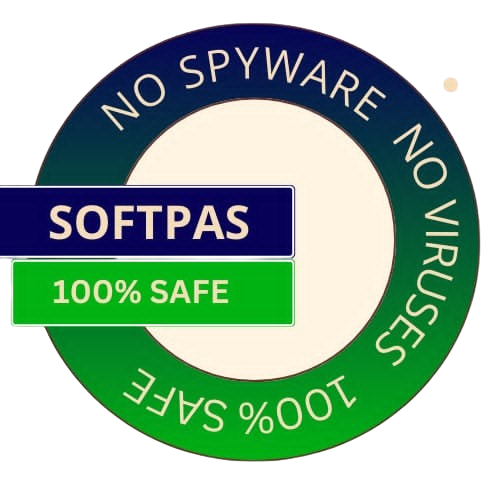
Get the best deals on your favorite games
Beta Decay occurs when an electron or positron are emitted from an atom's nucleus. Neutrons are transformed into protons after releasing an electron, and protons turn into neutrons after emitting a positron. These events can be a bit difficult to understand at first, which is why a simulation might prove helpful. Beta Decay is a Java-based program that showcases this particular type of radioactive decay via two simulations.
It can help you understand beta decay and the concept of half-life, making it a great tool for teachers. The first simulation allows you to add numerous atoms of several types and track them until they decay. You can work with Hydrogen-3 and Carbon-14, as well as add a custom nucleus with a user-defined half-life.
You can observe which types of particles are released when decay occurs and how the nucleus is transformed. The program is probably better suited to helping teachers explain why the term half-life is used to measure the time it takes for atoms to undergo decay. After observing a larger number of events, you will notice that half of them decay within their half-life.
While this is a great program for helping students grasp the concept of half-life, it is an incomplete simulation if you are looking to explain beta decay. Sadly, it only covers negative beta decay, as you cannot experiment with atoms that emit positrons. Overall, Beta Decay is a useful piece of software that can certainly prove handy for physics teachers.
Go to the Softpas website, press the 'Downloads' button, and pick the app you want to download and install—easy and fast!

SoftPas is your platform for the latest software and technology news, reviews, and guides. Stay up to date with cutting-edge trends in tech and software development.
Subscribe to newsletter
© Copyright 2024, SoftPas, All Rights Reserved.